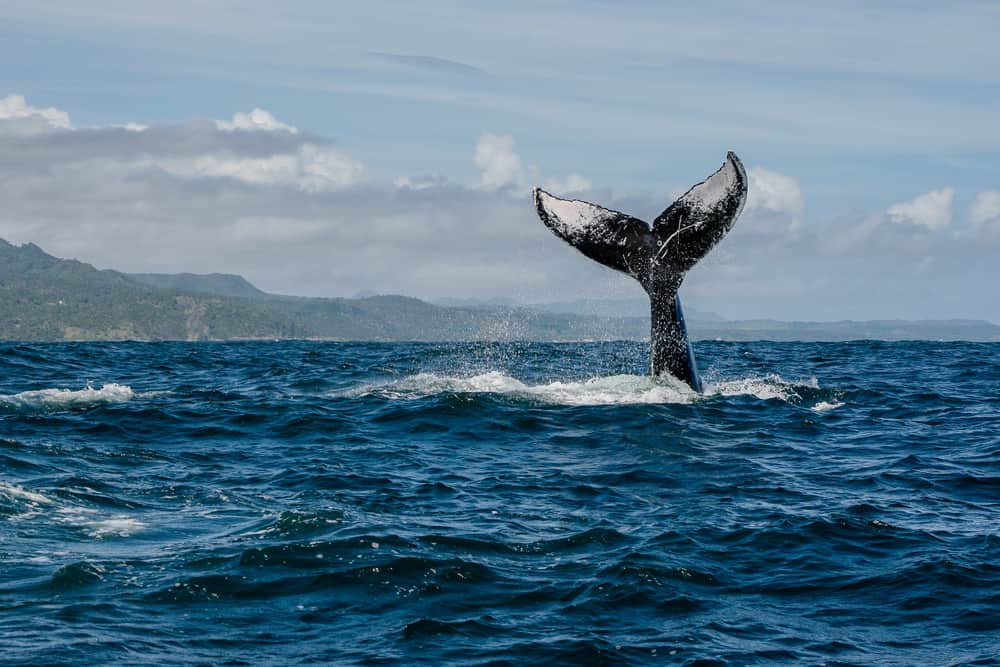Various outdoor activities are one of the few things Oregon is known for. Besides hiking, trekking, and camping, it boasts excellent whale-watching activities on the Oregon Coast. In fact, whale watching is one of the most popular things in the region. Getting a glimpse of a gray whale from the waters of the choppy Pacific is a moment you will surely treasure. Here is a guide to Whale Watching along the Oregon Coast…
Seasons for whale watching

Visitors worldwide visit the coast to learn about the whales that traverse along the coast every year. These whales are visible all year round, but a few months are better than the others. The peak seasons happen twice each year. The first is during the winter months (mid-December to mid-January). The second falls during the spring season (late February to May). During these months, about 20 000 gray whales will migrate between the summer feeding grounds of the Bering Sea and the Baja California, Mexico, shallow lagoons.
With this, Whale Watching Weeks happen twice a year to teach people more about whales and the ocean. There are volunteers stationed at more than twenty sites throughout the coast during the peak of migration season. These volunteers answer questions from visitors and provide information that enriches whale watching experience.
Whale Watching Viewpoints
In most cases, excellent locations to spot the whales are along Oregon’s central coast. However, these whales appear almost anywhere. You can choose from the list below for top viewpoints to go whale watching.
Neahkahnie Mountain Viewpoint
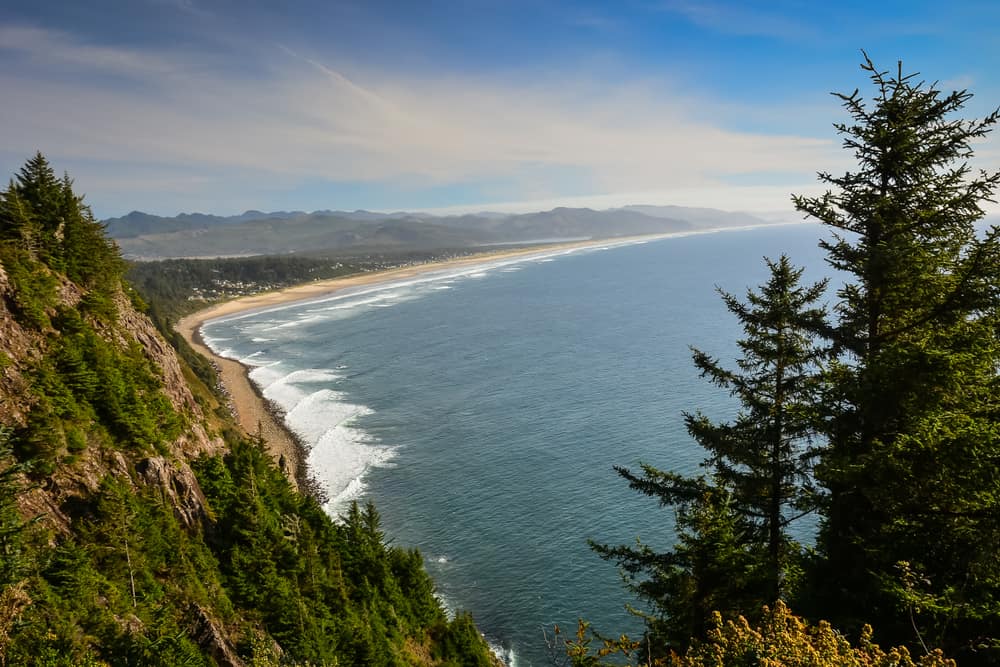
Here lies one of the best viewpoints to see the whales on the Oregon coast. Besides offering excellent views for whale watching, Neahkahnie Mountain also has outstanding views and legends about long-buried Spanish memorabilia and treasures. The viewpoint sits thirteen miles south of Cannon Beach on Highway 101. You will find a turnoff for this coastal viewpoint between mile markers 41 and 42.
Cape Kiwanda

If you choose to spot the whales here, you need to be careful as the path going to the top is steep. However, once you find an excellent perch, you can spot several migrating whales. Located north of the Pacific City, this viewpoint is a sandstone headland towering into the strong Pacific. Those who opt to get good cardio before whale watching can head to Cape Kiwanda.
Cape Meares Lighthouse
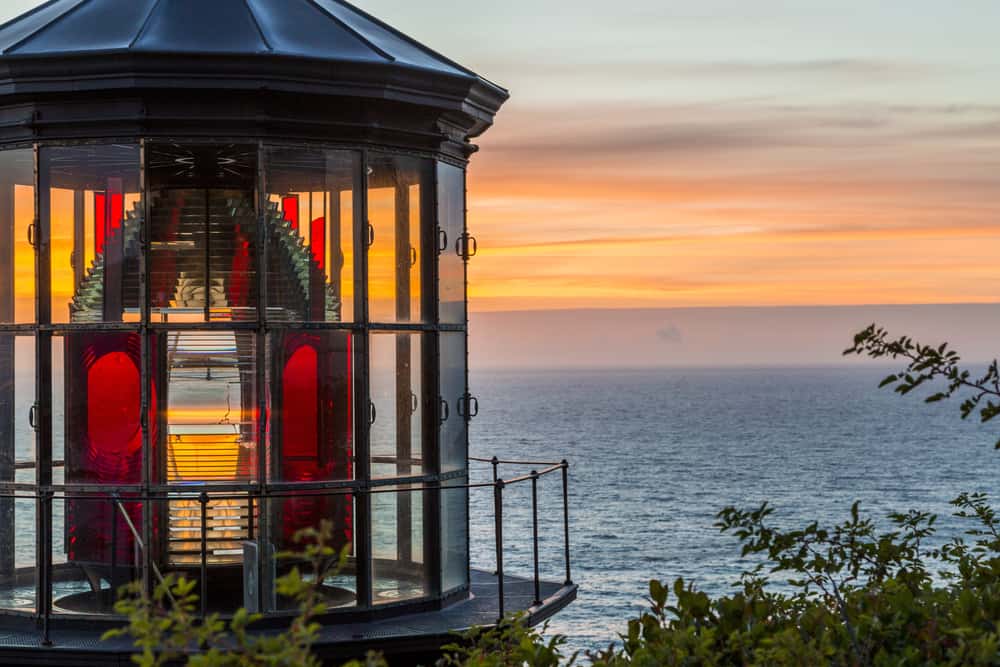
The entrance to the lighthouse boasts the largest Sitka spruce in Oregon. The area is another notable viewpoint to spot whales. However, if they do not appear, you can still enjoy checking out other wildlife. From here, you can see a colony of murres, seals, and sea lions. Additionally, you might spot blowholes near the lighthouse erected in 1889.
Depoe Bay

If you wish to take a long drive, you can head to Depoe Bay’s Whale Watching Center. It’s about 100 miles away from Portland. Upon reaching the center, staff will provide insights, tips, and binoculars. The viewing areas indoors along the seawall can be ideal during cold and stormy days. Ready your eyes as orca, humpback, and blue whales usually pass by at this viewpoint. Before concluding your Depoe Bay tour, fill your stomach with good food at Gracie’s Sea Hag.
Additionally, Depoe Bay houses four watching centers. First is the Whale Research Eco Excursions, operated and run by Carrie Newell, a marine biologist, and gray whale researcher. Secondly, the Dockside Charters provides semi-weekly whale watching news and updates throughout the season. Finally, you can find boat charters here for whale watching. The operators include Whale’s Tail Charters and Tradewinds.
Cape Perpetua

Just about south at Yachats lies the forested headland of Cape Perpetua. This whale watching viewpoint offers an excellent cliffside vista, a little high above the Pacific Ocean. After whale watching, you can stop by the Cape Perpetua Visitors Center. Explore the things you can do while in the Siuslaw National Forest.
Ecola State Park
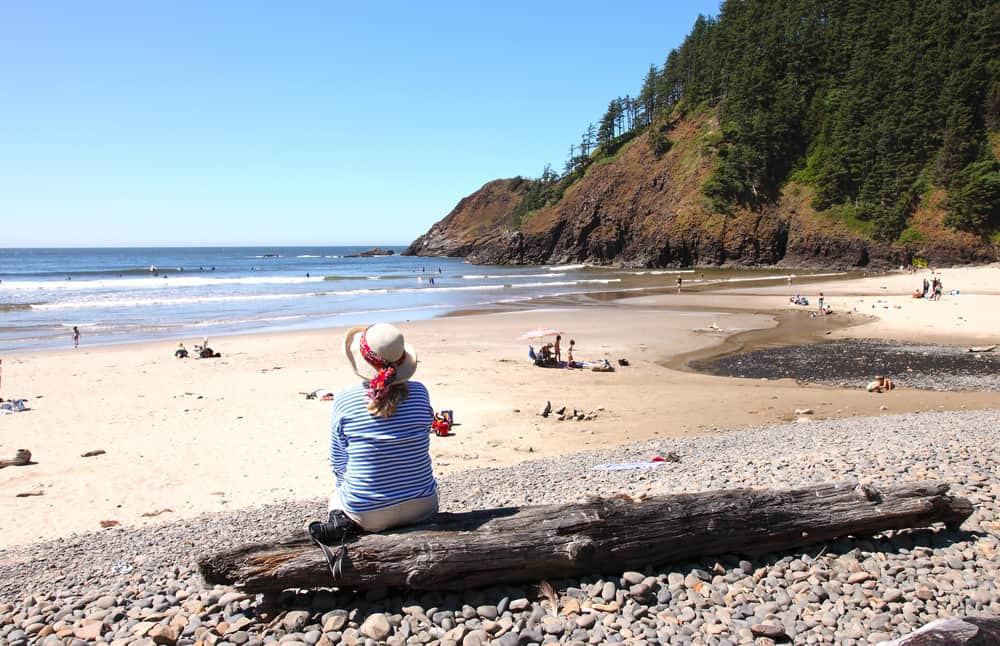
If you are searching for a scenic park on the Oregon coast, you can head to Ecola State Park. Located just north of Cannon Beach, this viewpoint offers an idyllic location for whale watching.
Sea Lions Caves

This might be more famous as a viewpoint for sea lions than whales. However, the area provides a fantastic panoramic view of the ocean, where gray whales sprout from a distance. The nearby Heceta Head Lighthouse gives off another excellent view.
Cape Ferrelo

Looking for another place to spot the whales? Cape Ferrelo might be an ideal option for you. It typically sits at the southern end of Samuel H Boardman State Scenic Corridor, just near Brookings. The viewpoint’s turnoff is between mile markers 351and 352 off Highway 101.
Whale species and other aquatic animals found on the Oregon Coast
Overall, there are approximately eighty species of dolphins, whales, and porpoises. Ten out of eighty can be seen in the waters of the Oregon Coast. Here is a list of aquatic animals you might chance upon when exploring the vast sea at the Oregon Coast.
Gray whale

About 200 resident gray whales are living nearby all year-round off Oregon. Additionally, the spring and winter migration gathers about 18 000 more. Gray whales are the most common ones off the Oregon coast.
Blue whale
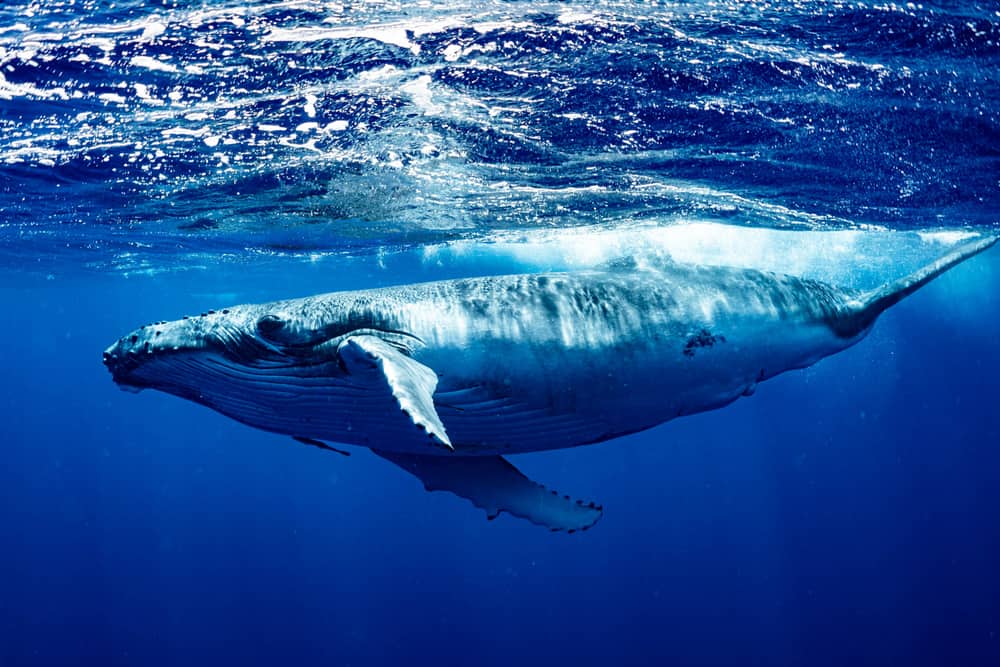
Visitors can spot blue whales off the Oregon coast. However, they are generally farther, about ten miles offshore. These whale species are members of the population in the Eastern North Pacific ranging from Alaska to Costa Rica. They typically migrate between the feeding areas on the west coast of Canada and the United States. Their breeding and calving areas are off Central America and Mexico.
Minke whale
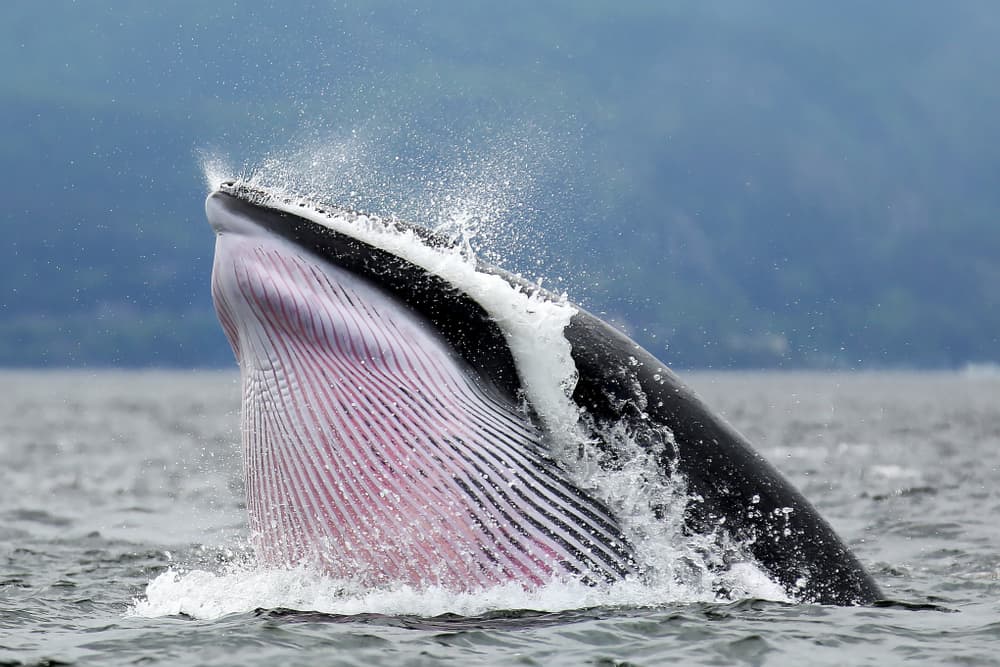
When seen from a distance, Minke whales’ physical appearance looks closely similar to gray whales. However, watching them at close range, you will see their difference. Generally, a minke whale has a gray or dark black, sleek body frame with a white underside. They grow about 35 feet, making them one of the smallest baleen whales.
Humpback whale

People can spot humpback whales off the Oregon coast during the north and south migration from the northern waters to the breeding areas near Hawaii. Fishers often see them as they appear about five to fifteen miles offshore. Humpbacks usually grow up to 60 feet long with a stocky body frame, a knobby head, a hump, and long pectoral fins.
Sperm whale
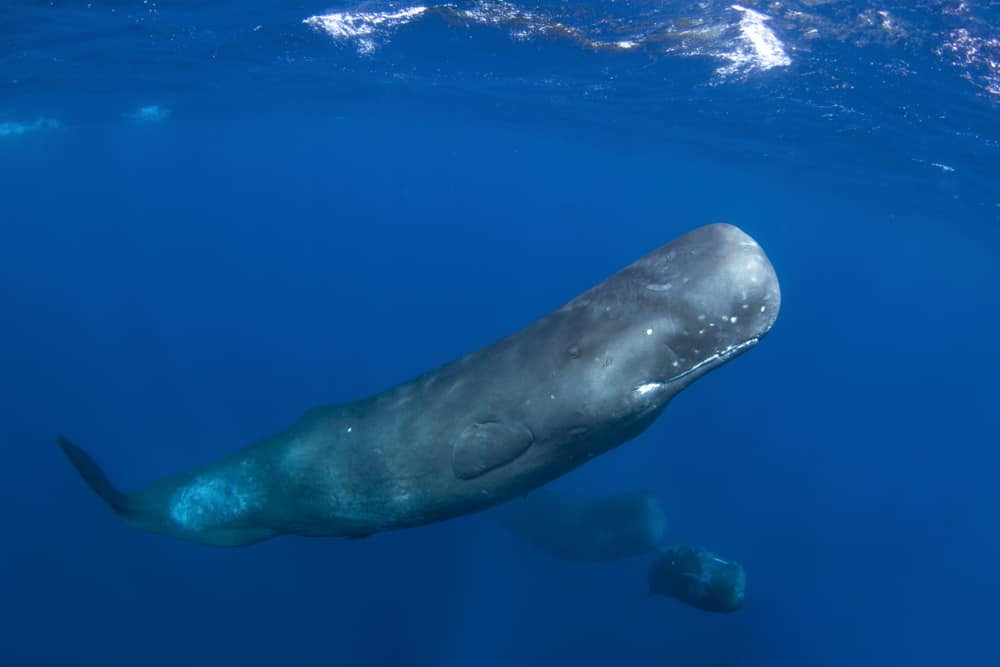
You can choose the months between March and November if you wish to spot sperm whales off the Oregon coast. Since these whales usually are in deep off-shore waters, they are generally spotted by birders and fishers during offshore trips. Their blows are slightly noisy, rising to seven feet above the surface in a single stream.
Killer Whale

Seeing a killer whale off the Oregon Coast indeed is a rare treat. Spot a pod of orca patrolling the coast during mid-April, in time to intercept young gray whales. You can choose viewpoints at Depoe Bay and Newport as they can be most spotted in these areas.
Pacific white-sided dolphin
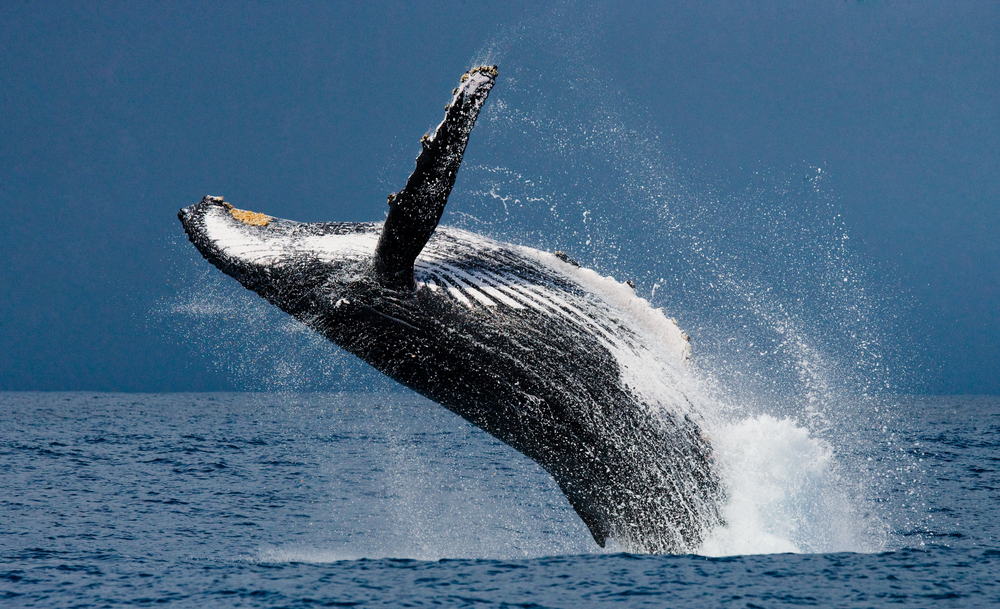
These dolphins might be most abundant in Southern California during the winter months, but they move north, off Washing and Oregon during the summer. Sightings of pacific white-sided dolphins are typically minimal since they prefer offshore, deep waters.
Bottlenose dolphin

Oregon sits at the northern extent of bottlenose dolphins’ range on the West Coast. They are usually seen offshore in the summer months by fishers.
Dall’s porpoise

You can easily spot Dall’s porpoises as they possess similar coloration to killer whales. They are thick-bodied with small heads. They prefer the deep waters, so they are not quickly spotted close to land.
Harbor porpoise

A harbor porpoise has dark gray to black skin and a light gray underside. They typically position themselves near the surface, coming up approximately every 25 seconds to breathe with a unique puffing noise sounding like a sneeze.
Questions about whale watching
How to spot a whale?
The smartest way to spot whales is to see and scan the horizon with your naked eyes. Look for sprouts that can possibly reach up to twelve feet. When you’ve checked on an area, zero in on the location with binoculars.
Is it possible to see all whale species and dolphins off the Oregon Coast?
Each aquatic animal has various characteristics; thus, it will be challenging to spot them all together in one place. The most common whale species you can see in Oregon are the Pacific gray whales.
How do you become a whale watch volunteer?
You need not be a whale expert to be a volunteer. However, there is one-weekend training that you must attend. Slots are limited, so you may register or sign up for starters.
Is it possible to watch whales by sea or air?
Yes. There are even various flights and charter boats ready to accommodate these types of whale watching. Both plane and boat operators suggest whale watching between spring and fall when the weather is fine, and the skies and seas are less rough.
We also have posts on…
- Oregon farmer’s markets
- Places to visit in Oregon
- Things to do in the winter in Oregon
- Best resorts in Oregon
Gary is an award winning full time professional photographer and videographer with too much wanderlust for his own good. Fuelled by strong coffee, you’ll often find him wandering well off hiking trails in search of interesting photographic subjects or scenery to video. Self taught and with the use of pioneering digital techniques, he quickly built up a strong client base and has worked with many prestigious organisations, including GQ, BBC, London Fashion Week, Grazia, Sky, Metro, Vogue Italia. He specialising in evocative images of people, places and cinematic videography and his goal is to make the viewer look twice and engage. As well as a penchant for good design, the ketogenic diet and Hungarian Vizslas, he also has a huge affection for Chicago, Bucharest, Scandinavia, Croatia and absolutely everywhere in Italy. Find him on Instagram @garynansome, Twitter @garynansome and his website https://garynunn.co.uk/

